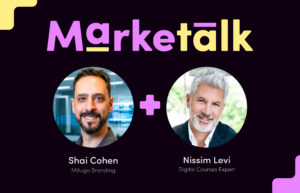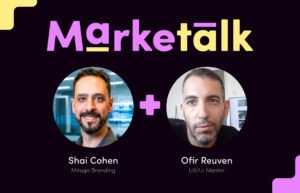Sometimes, the difference between a sale and a missed opportunity is just a few words. The Framing Effect shows us how we present information can significantly impact customer decisions. In B2B marketing, this could mean highlighting a product’s benefits in a positive light (e.g., “Save $500 annually”) versus focusing on avoiding a negative outcome (e.g., “Don’t lose $500 every year”).
Here’s a practical tip: next time you present an offer, try framing it differently. Instead of saying, “Our software costs $1,000 a year,” try “Invest just $83 a month for a full suite of powerful tools.” The cost is the same, but the perception changes.
Another powerful example is in presenting risk versus reward. Let’s say you offer a consulting service. Instead of framing it as “Reduce your operational risks by 20%,” you might say, “Increase your operational efficiency by 20%.” Both statements are factual, but one focuses on minimizing negatives while the other emphasizes maximizing positives. Depending on your client’s mindset, one frame might be much more compelling than the other.
At Mitugo, we’ve seen the power of framing firsthand. We help brands find the right words and structures that resonate with their audience, making their offers more compelling without changing what they’re actually offering. Let’s talk about how framing can work for your brand, too!




